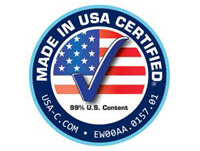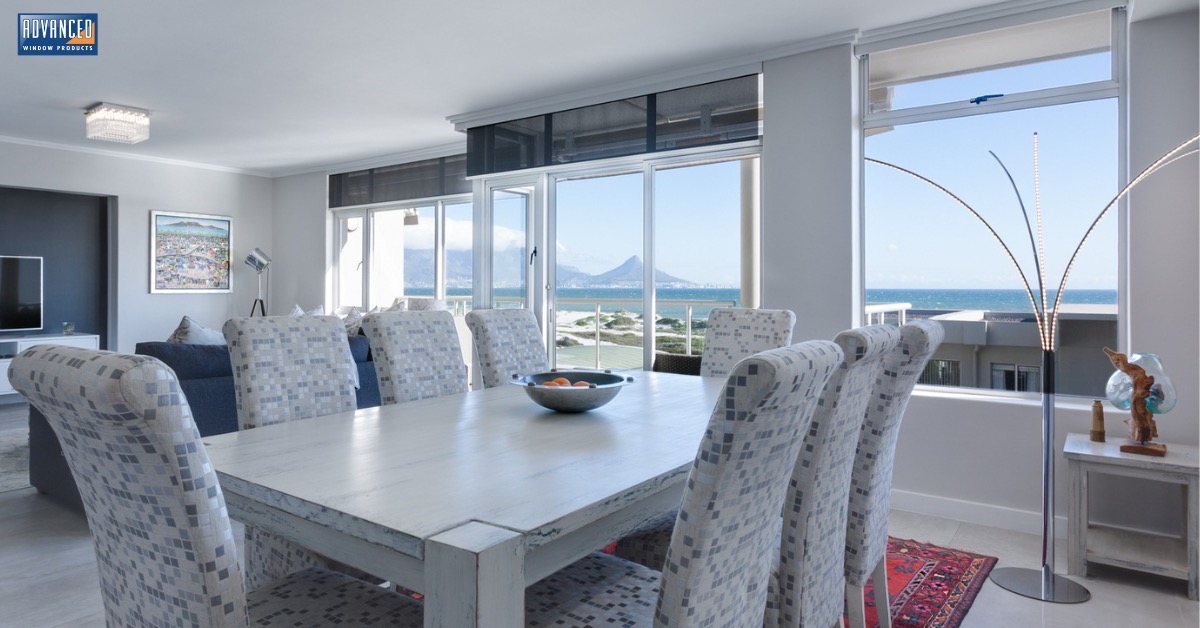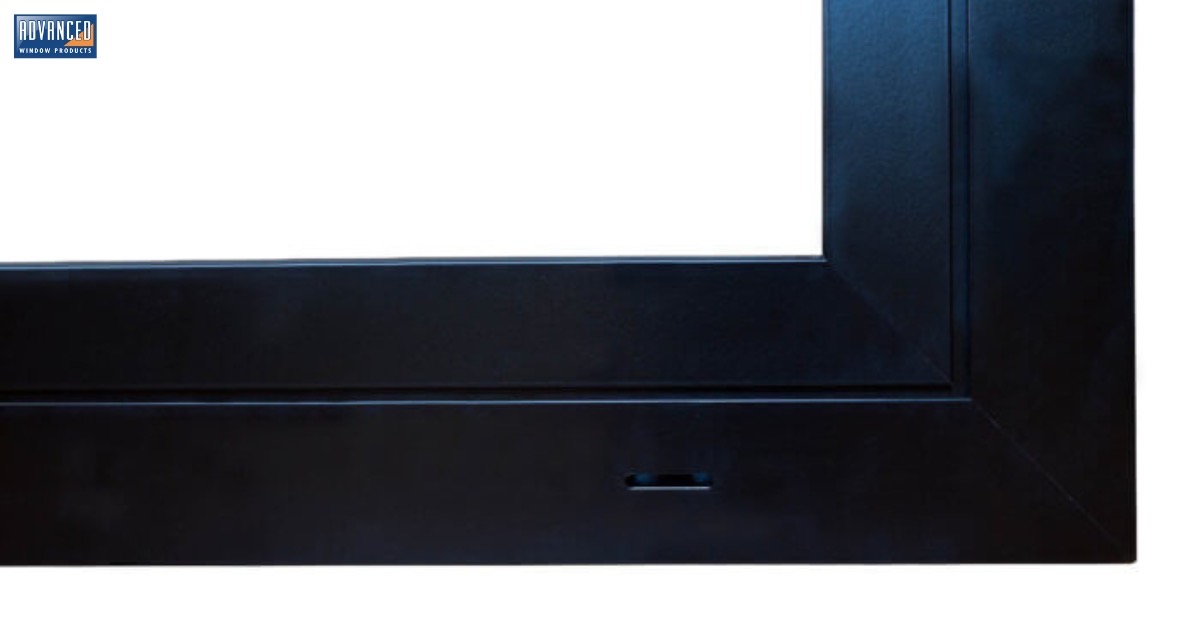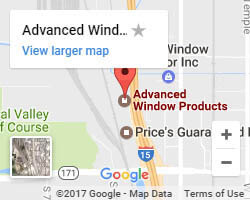The U factor also called the U value, is one of the units of measurement used to help quantify the energy efficiency of window assemblies. More specifically, it measures the rate of non-solar heat loss through the assembled window. The U value is used by government agencies for rating and labeling energy-efficient construction components, and by building, inspectors performing energy audits. It’s also used by consumers for comparing the energy efficiency of windows.
What is the U-Factor in Energy Efficiency Ratings?
The U factor is a rating system, developed by the National Fenestration Rating Council (NFRC), as a quantifier for use in the system of quantifying the level of energy efficiency of window units and other construction components. The NFRC’s U factor for windows, doors, skylights, and other building products is utilized by the:
- U.S. Department of Energy
- EPA’s Energy Star® product certification program
- U.S. federal rebate programs and other green energy incentive programs
- Builders throughout the country who are striving to add value
- U.S. American consumers who want to increase their home’s energy efficiency
What are the Combined Factors for Rating Energy Efficiency?
U value windows with the highest heat flow resistance have the best insulative properties, and as a result they have a comparatively low U factor. A high U factor means poor insulative capacity and less efficiency. The factors listed below are combined to determine window energy efficiency ratings:
- U-factor
- Sunlight transmittance
- Solar heat-gain coefficient
- Rate of air leakage
U Factor and R-Value
Window Ratings do use both U values and R factors. The U-factor specifically represents the insulative value of a window, whereas the R-value is used most commonly to rate the efficiency of wall insulation installed throughout the structure. But, the U value can be expressed in terms of R-value:
To convert the U factor into the R-value for windows, you can divide 1.0 by the window’s U factor. Here’s an example of how the simple conversion calculation works:
If a window has a U factor of 0.20, then the calculation is: 1 / 0.20 = 5. That means that the window’s R value is 5. Note that the quite low U factor in this example represents a commensurately high R-value.
Determining the U Factor
Today’s state-of-the-art double-paned energy-efficient windows can have a U factor of about 0.30 or lower, which indicates that these are especially energy-efficient. High-end triple-pane windows can have a U factor of 0.15, indicating exceptional energy efficiency. Makers of high-efficiency windows have begun adding low-emittance (low-E) coatings and even krypton or argon gas fill between panes in attempts to reduce the U factors even further and produce a more energy-efficient product.
The U-factor is the quantification of the level of energy efficiency of the entire assembled window, which includes:
- The Window Frame: The insulative value of the entire aluminum or vinyl window frame.
- The Glass Glazing: The energy-efficiency performance of just the glass glazing, not including the frame. This is called the center-of-glass U factor (a less commonly used efficiency rating). Normally, the U factor of the collective assembled parts of an energy-efficient window is higher than the U-factor measured only at the middle of the glass.
- The Spacer: This part of a window frame keeps the glazing panels separated, which can cause a reduction of the U factor along the edges of the glass glazing.
How a Low U Factor Increases Energy Efficiency
The difference in temperature between a building’s interior and exterior generates a (non-solar) flow of heat. This causes windows to lose heat from the inside to the outside in cold weather and gain heat from outside during hot weather. U factor ratings help us in forming standard comparisons and evaluations of energy efficiency levels. For example, windows allowing for the gain of solar heat in the daytime, which indicate a high solar heat gain coefficient, are energy-efficient when combined with a low U factor.
Of course, increasing the energy efficiency of a building requires examining all the construction components, to determine how each is working individually and together with others. So, a proper U factor analysis further evaluates potential changes to improve the U factor as well as other energy efficiency factors, to make the system more energy efficient.
U Factors in Various Climates
Installing energy-efficient replacement windows makes homes and businesses more comfortable and reduces energy costs in climates where cooling is the primary mode of interior temperature control. But, a low U-factor is actually most important in cold climates where heating is the predominant mode of interior climate control.
Here are the recommended U factors for the most energy-efficient windows in these primary climate zones in the United States:
- Cold: (Northern) A U factor of 0.30 or less is ideal for the northern climate. Windows with a low U factor are most important where limiting heat loss is the key to maximizing energy efficiency.
- Temperate (Northern central) In regions where both heating and cooling are heavily used, the U factor of windows needs to be at 0.32 or lower for optimum energy efficiency.
- Temperate (Southern and central regions) In the part of the central region where both heating and cooling are used, but cooling use is more frequent than heating, a U-factor of 0.35 if efficient in keeping heat out during hotter temperatures. A low solar heat gain coefficient (vs. the U factor), is the key efficiency factor in those environments.
- Hot (South) In this region, the U factor can be 0.60 or under for windows. When heating is necessary, the low U factor helps, as it does in helping keep heat out on hot days. But, windows that also have a low solar heat-gain coefficient are the key to energy efficiency in this climate.
Advanced Window Products, Salt Lake City, Utah
We are Utah’s leading energy-efficient window manufacturer. Our top-quality replacement vinyl windows are all rated as Energy Star Windows. We sell factory-direct to our customers, and we install everything we sell. This eliminates wholesale and retail markups and potential warranty issues due to third-party processing, and it ensures consistently top-quality installation and customer service. We provide a satisfaction guarantee and a double lifetime warranty on every product we sell.
- Get a $2,000 discount on the purchase of 10+ windows!
- Zero down payment.
- Zero-interest financing for 24 months with approved credit.























